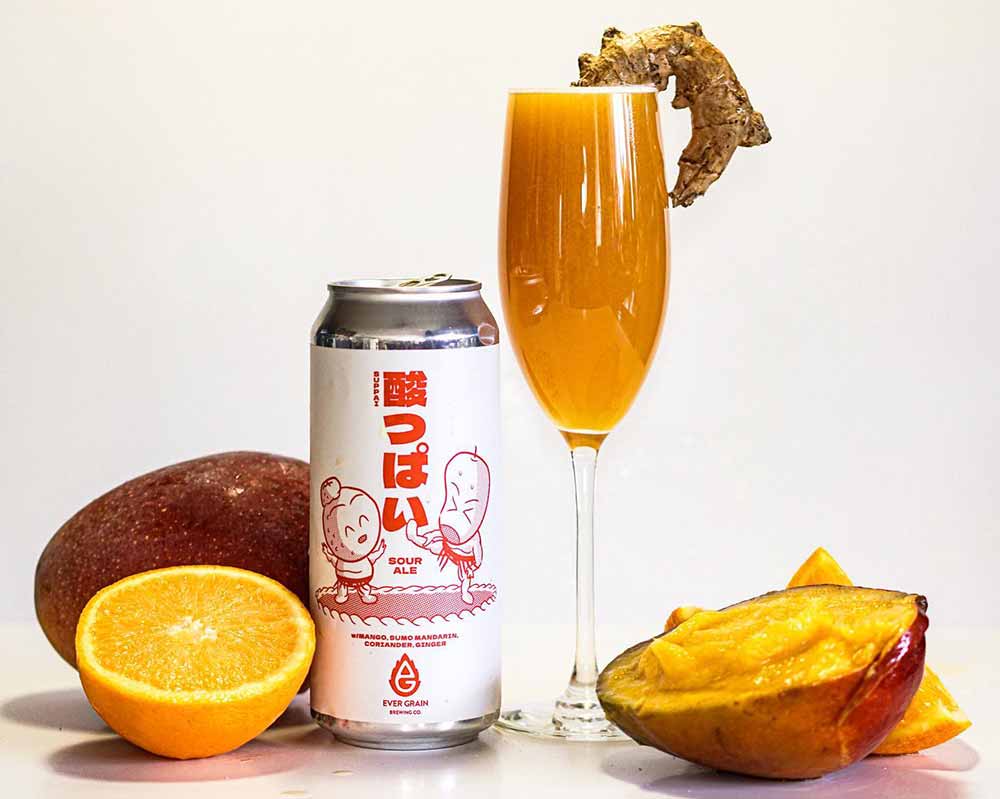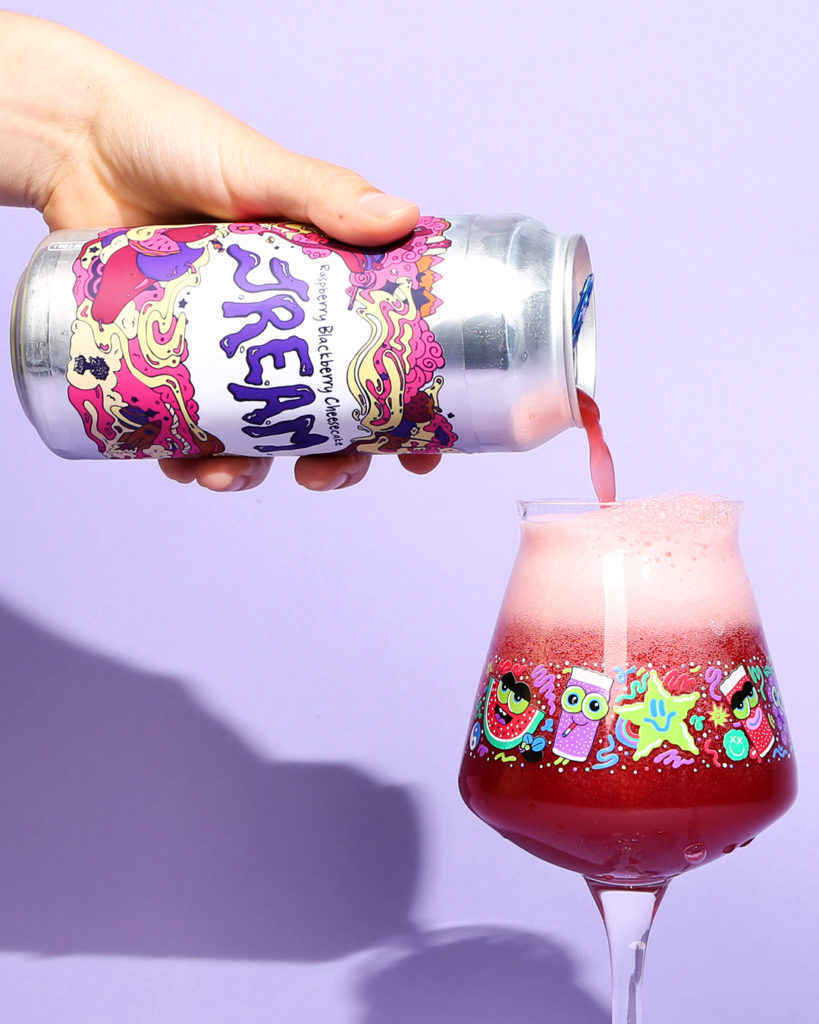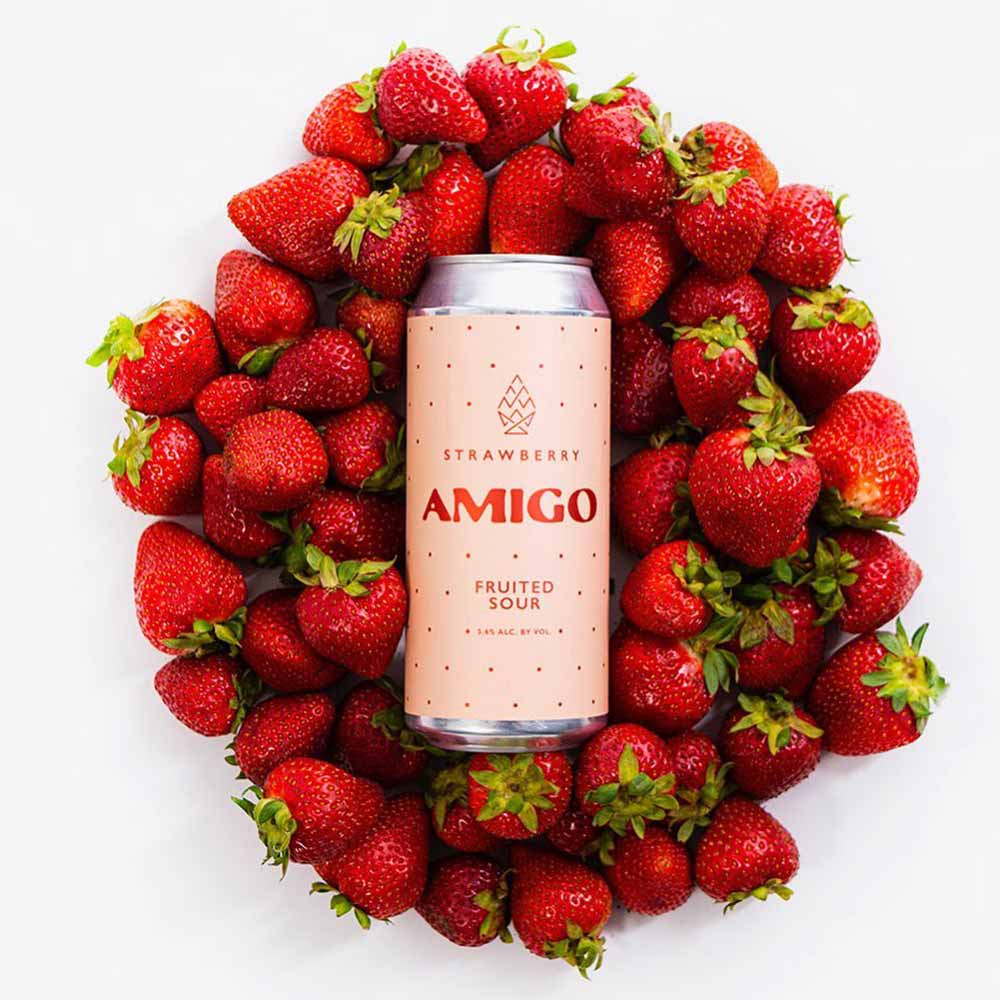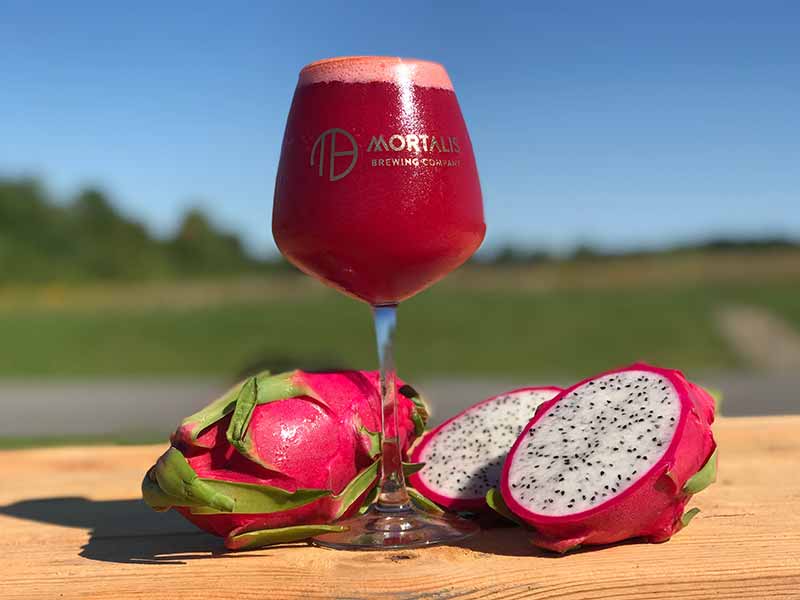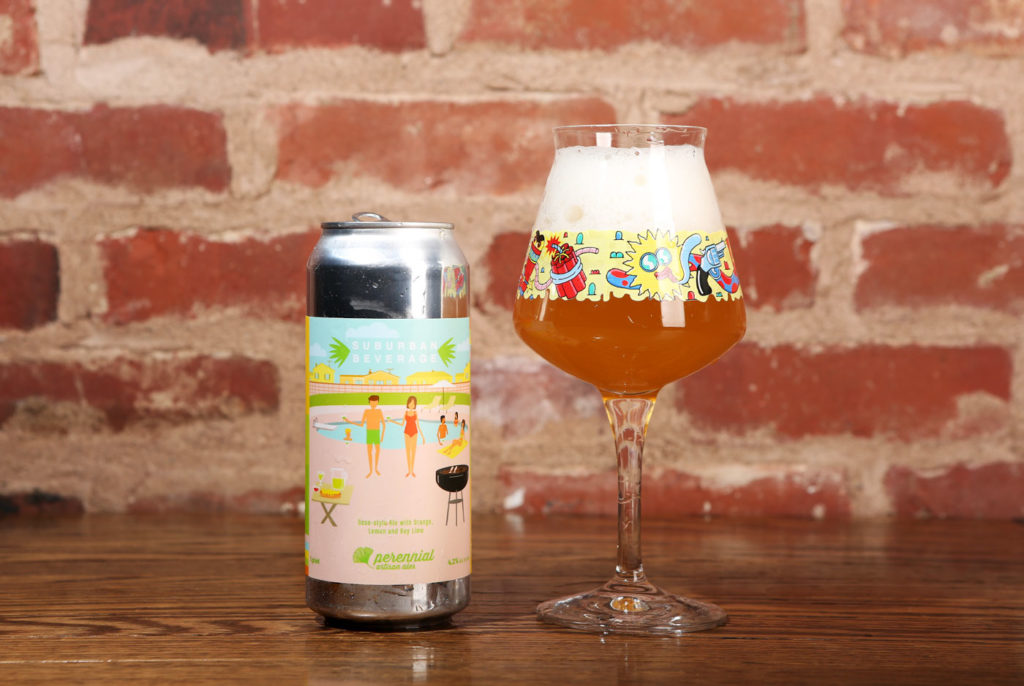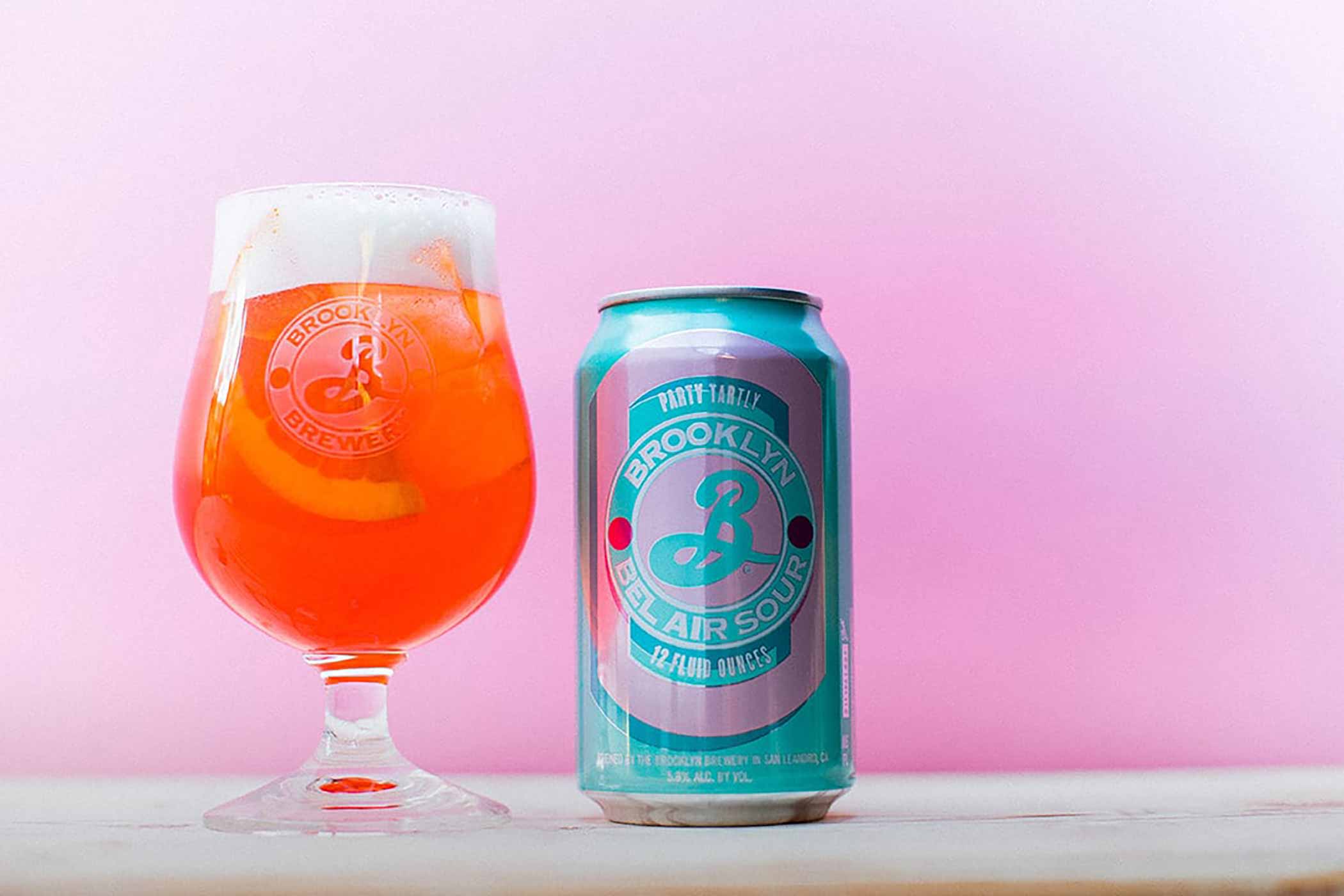Shop
The Truth Behind Sour Beer Calories
????
More on Sour Beer:
Of all the crazy beer rumors floating around the internet, one of the strangest and most persistent is that sour beer has fewer calories than other styles. If this is true, it would mean that, say, a 12 oz glass of Berliner weisse might be a better choice for your waistline than a similar amount of double IPA.
But does the rumor hold beer—er—water? Does a glass of sour beer contain fewer calories than an equivalent amount of double IPA?
The intrepid researchers at Hop Culture decided to find out.
The Primary Factor Behind Calories in Beer
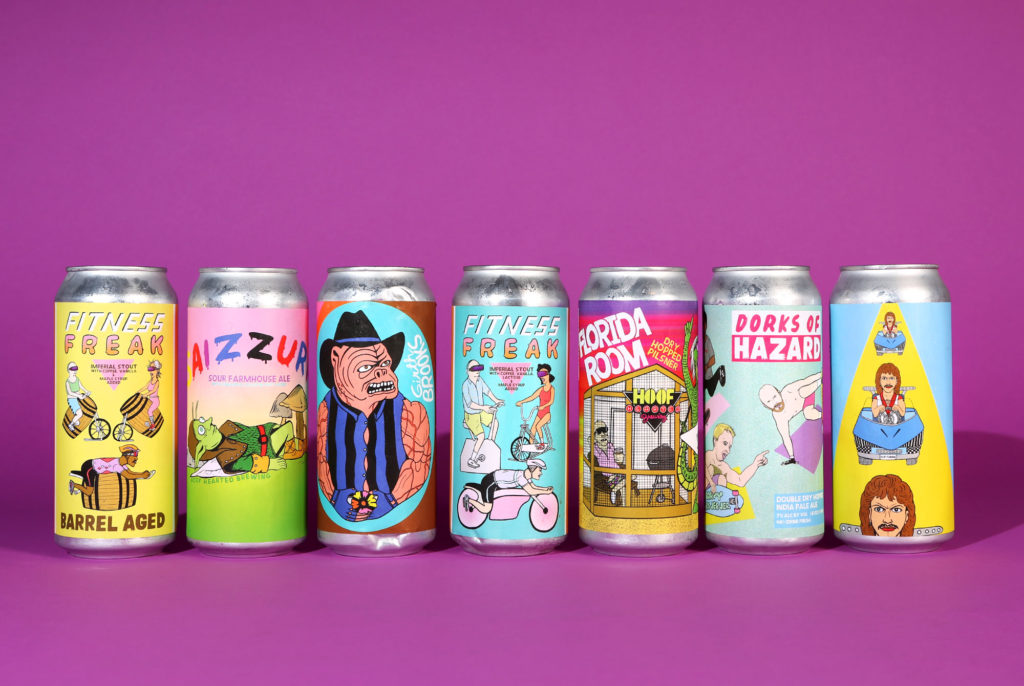
Photography courtesy of John A. Paradiso
“Sugar is going to add calories,” says Brayden Volk, operations manager at Hoof Hearted Brewery. In addition to hazy IPAs and adjunct stouts, the Columbus, OH, brewery brews sours like Rosé Gosé, a 5% ABV gose with hibiscus, coriander, and pink Himalayan sea salt. “As a result, a higher ABV is typically going to be indicative of a higher caloric count,” Volk continues.
To understand why ABV correlates to calories, one needs to look at where the sugar in beer comes from. We’ll give you a clue—it’s primarily malt!
Why ABV Correlates to Calories in Beer
For simplicity’s sake (and this is very simple), all you need to know is that to make beer, brewers start by mixing hot water and cracked grain. This extracts the sugar from the grain and makes a sweet liquid called “wort,” which is then boiled with hops. After the wort cools, brewers add yeast, which eats the sugar over several weeks and produces alcohol as a byproduct.
Thus, the more grain you have, the more sugar—the primary source of calories in beer. After all, the other three main ingredients in beer (water, yeast, hops) aren’t particularly dense in calories.
So more grain equals more sugar. But it also means more food for the yeast. And more food, in turn, means more fermentation. And more fermentation means a higher ABV.
This is why ABV correlates with calories.
A Sample of Beers, Calorie Counts, and ABV
Look at Beatification, a 5.5% ABV sour beer from Russian River Brewing Company in Santa Rosa, CA. That beer contains 165 calories per 12 oz serving.
The same brewery also makes Temptation, a 7.5% ABV sour that clocks in at 204 calories per 12 oz serving.
Now, look at the monstrous Sierra Nevada Bigfoot, an American barleywine, which clocks in at 9.6% ABV and 330 calories per 12 oz.
Obviously, Temptation has more calories than Beatification, and Bigfoot has more calories than either of them. But does this mean sour beers always have fewer calories than other styles?
So What’s the Truth Behind Sour Beer Calories?
“All things being equal, sours could be perceived as being more dry, having lower carbohydrates, and more ethanol because pure carbohydrates (C-H bonds) have more calories than mixed C-H-O bonds as they’re already partially oxidized,” says Peter Oates, co-founder of Equilibrium Brewery in Upstate New York.
Along with his partner, Ricardo Petroni, Oates graduated with a degree from M.I.T. and came to beer from an environmental engineering firm. “But I doubt the difference is that much,” shares Oates. “Then you start adding kettle sours with high alcohol, lactose, and unfermented fruit purée, and I suspect that beer will land relatively high on the calorie spectrum.”
So a sour beer might have fewer calories than another beer style, but only if it has less sugar. And many of today’s sours—loaded with everything from fruit purée to unfermentable milk sugars—are filled with sugar.
Dr. Oates notes the relation between sour beer and calories: “It has a lower ABV—hence a lower grain bill—and finishes dry, so the tartness stands out. But the sour IPAs, dessert sours, and heavily fruited sours that we make can have fairly large grain bills, mostly because we want a higher ABV or we want more body or a balance of flavors.”
When considering the rise of adjuncts or additives in beer, you see that fermentable sugars from grain aren’t the only way to add calories to a beverage. From marshmallows and fruit purée to lactose and waffles, any calorically dense item you put into your beer will increase the calorie count.
Why Do People Think Sour Beers Have Fewer Calories Than Other Styles?
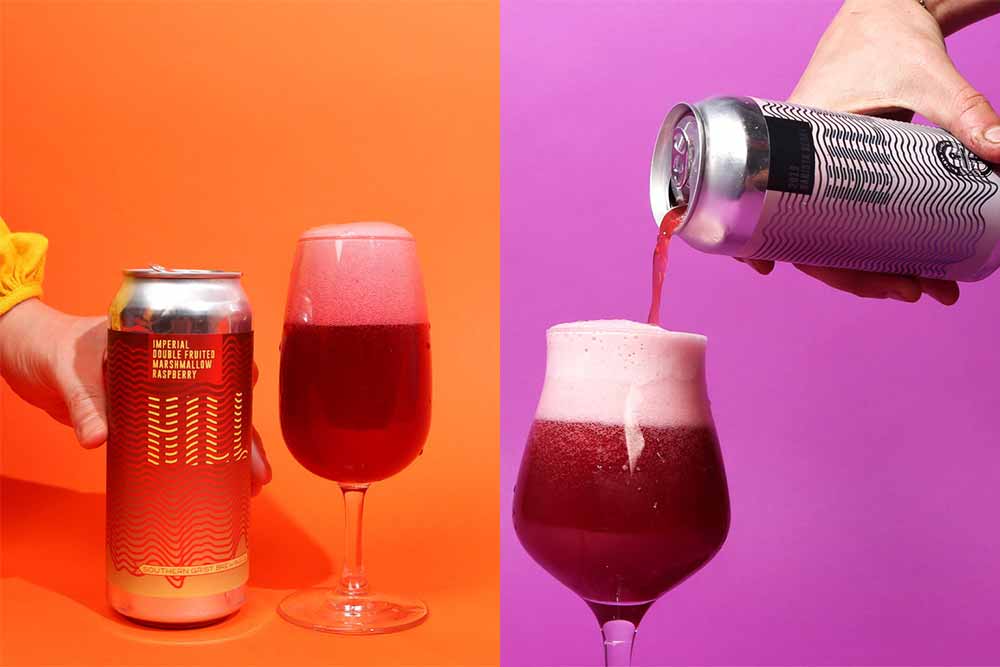
Photography courtesy of John A. Paradiso
While many of today’s smoothie sours don’t have a lower calorie count than other styles, sours were historically social beers.
For example, check out the gose, a sour style that originated in Germany that people often consumed in beer gardens or other social settings.
Same with the Berliner weisse. These are beers made for long days and even longer nights.
Try drinking five goses on a Saturday in August, and you’ll probably feel great. But if you try the same experiment with five 9% DIPAs, you’ll wind up in bed, or worse.
For that reason, many “true-to-style” sours have fewer calories because they intentionally have lower ABVs. As we’ve discussed, lower ABVs correlate with less grain, which generally means less sugar.
With that in mind…
A Few Lower-ABV, Lower-Calorie Sours to Try
Suburban Beverage – Perennial Artisan Ales
St. Louis, MO
Fruited Gose – Perennial’s Suburban Beverage, a gose with key lime juice, lemon peel, and orange peel, comes in at 4.2% ABV.
Tropigose – Captain Lawrence Brewing Company
Elmsford, NY
Fruited Gose – At 4.5% ABV, Tropigose combines passion fruit and guava with a traditional German gose base for a fruited sour that’s light on alcohol content and calories but big on flavor.
Jammer – Sixpoint Brewery
Brooklyn, NY
Gose – Sixpoint’s Jammer represents a traditional version of a gose (sans fruit) that’s equal parts tart and refreshing; low ABV and low cal. Sixpoint describes this beer as “just tangy enough to tingle the tastebuds.”
SeaQuench Ale – Dogfish Head Craft Brewery
Milton, DE
Fruited Gose – From the brewery that brews one of our “14 Most Iconic Beers,” comes a sour that continues to pave its pioneering ways.
Technically considered a mash-up of a kölsch, a Berliner weisse, and a gose, SeaQuench Ale includes black limes, sour lime juice, and sea salt.
Dogfish Head created this summer standout over time, releasing SeaQuench into the world after one year of dedicated research and development.
This pioneering brewery’s approachable, refreshing sour clocks in at only 4.9% ABV for a beer perfect for any active lifestyle.
Dominga Mimosa Sour – New Belgium Brewing Company
Fort Collins, CO
Fruited Sour – This beer’s origin makes it a spot-on selection. As the story goes, the New Belgium team sipped on mimosas one Sunday afternoon when their Wood Cellar Blender, Lauren Limbach, received a gift—a new foeder. Limbach named the large oak barrel Dominga based on the Spanish word for Sunday. Accordingly, Dominga Mimosa Sour became the first beer to grace her “Dominga” foeder.
The mimosa-inspired golden sour has become a year-round favorite for the Fort Collins- and Asheville-based brewery. Leveraging Calamansi oranges, Dominga brings tartness and effervescence to your palette. Overall, saying it is the perfect brunch beer sums up this beer.
Liked this article? Sign up for our newsletter to get the best craft beer writing on the web delivered straight to your inbox.

